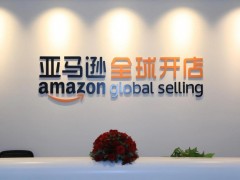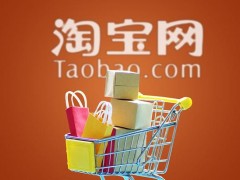What types of e-commerce anchors are there?
1.直播电商场景分为两类:商家自播(淘宝等电商平台)和达人直播(淘宝、快手、抖音等平台),其中淘宝平台供应链、商家资源丰富,电商业态发展成熟,淘宝直播中商家自播场次占比为90%,快手等平台以达人直播为主。
2.商家自播依托自有品牌,将店铺私域流量转化,用户多为品牌粉丝,关注品牌动态、新品。达人主播依托自有粉丝,内容生产能力强,直播品牌较为丰富,粉丝对主播信任度较高。
Professional answer
1. Live e-commerce scenarios are divided into two categories: merchant self-broadcasting (e-commerce platforms such as Taobao) and expert live broadcasting (platforms such as Taobao, Kuaishou, and Douyin). Among them, the Taobao platform has rich supply chain and merchant resources, and the e-commerce format is mature. Merchant self-broadcasting accounts for 90% of Taobao live broadcasts, and platforms such as Kuaishou are mainly expert live broadcasts.
2. Merchant self-broadcasting relies on its own brand to convert store private domain traffic. Most users are brand fans who pay attention to brand dynamics and new products. Expert anchors rely on their own fans, have strong content production capabilities, and have a relatively rich live broadcast brand. Fans have a high degree of trust in the anchors.
E-commerce anchors are divided into beauty anchors, clothing anchors, game anchors, and product anchors.
Similar Q&A
recommend How to use Starbucks Douyin group purchase coupons?
E-c News Continuously pushing e-commerce knowledge to you








Latest Q&A More
-
Do I need a trademark to open a franchise store on Pinduoduo to sell books?
#Pinduoduo#
-
How to withdraw from a Pinduoduo store
#Pinduoduo#
-
How to withdraw from Pinduoduo merchants
#Pinduoduo#
-
How to pay fees when closing a Pinduoduo store
#Pinduoduo#
-
How to withdraw from Pinduoduo
#Pinduoduo#
-
Which store on Pinduoduo is authentic?
#Pinduoduo#
-
Which stores on Pinduoduo can buy genuine products?
#Pinduoduo#
-
How to check the store under Pinduoduo
#Pinduoduo#
-
How to receive Pinduoduo online game products
#Pinduoduo#
-
How to sell the electronic version on Pinduoduo
#Pinduoduo#
E-c News 2025-09-24 10:39:44

- African netizens use China Africa cross-border e-commerce platform for online shopping
- how is the new seller of cross-border e-commerce doing?
- how can cross-border e-commerce Amazon sell on Amazon platform without goods?
- Amazon store opening process and cost analysis!
- Amazon plans to expand its pharmacy business on a large scale and will add same day delivery service

